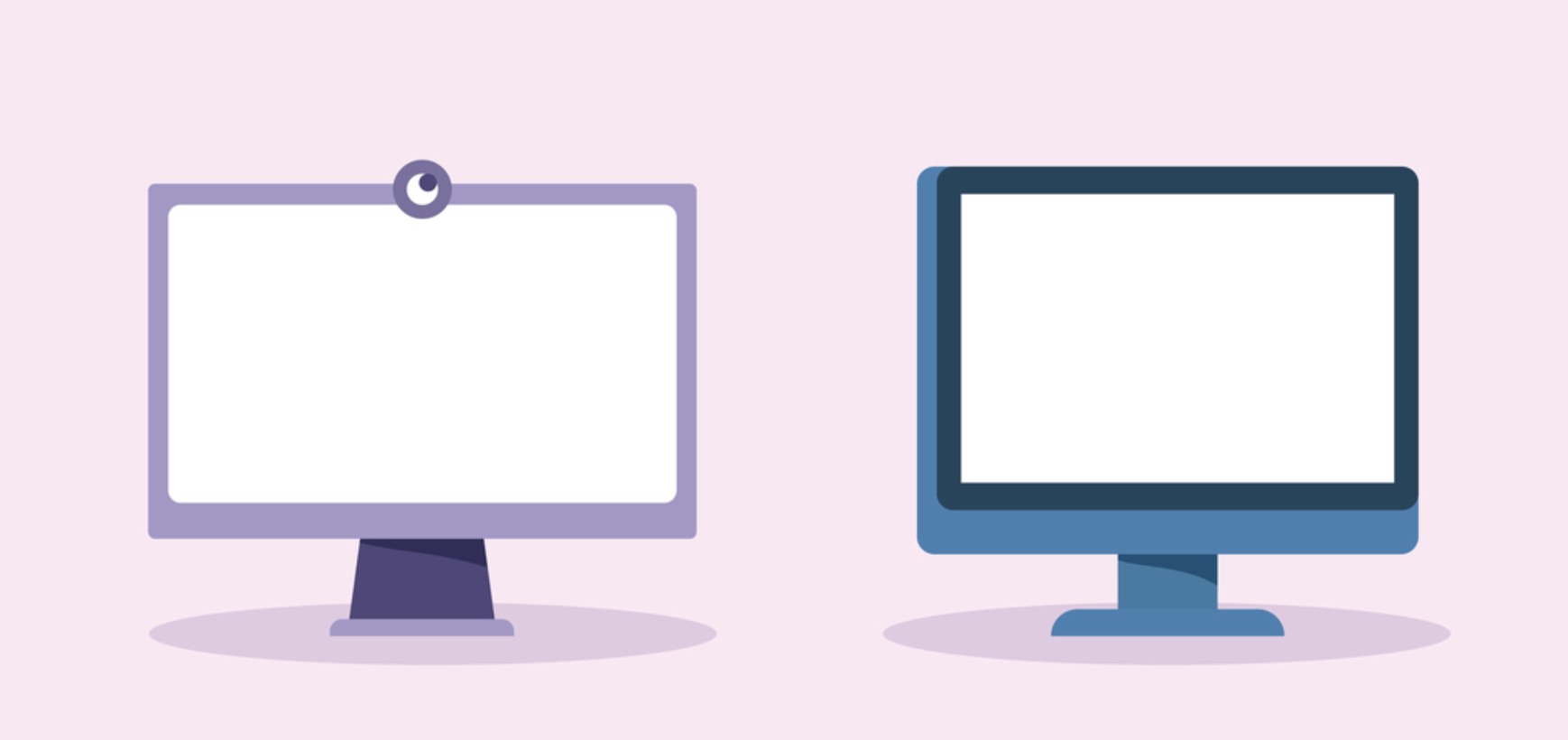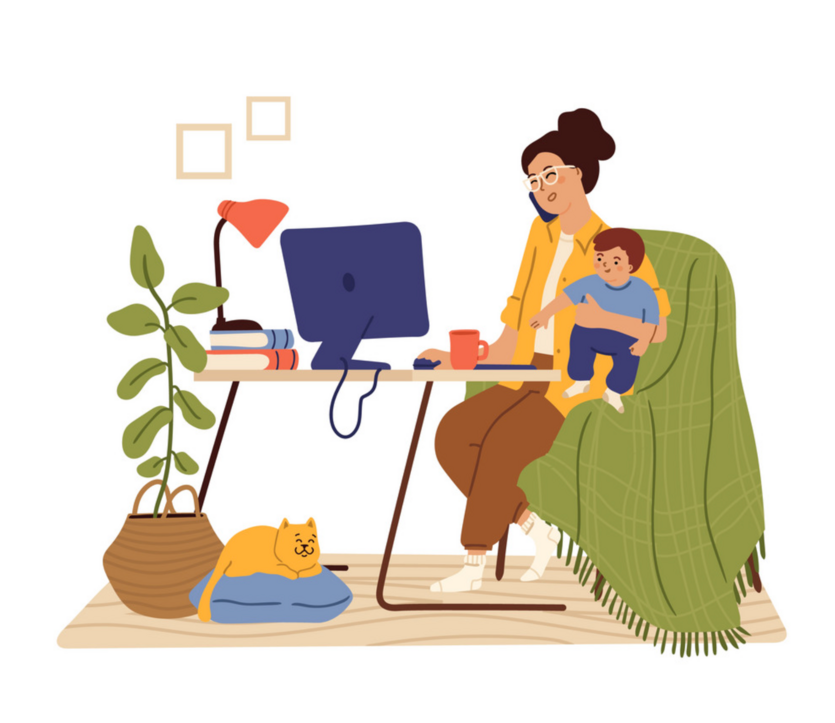In my previous blog I discussed the impact the 2nd Digital Transformation is having on IT teams andd employee computing experiences around the globe. Understanding this massive shift from the perspective of IT leadership is all well and good, but what does this transformation look like from an employee standpoint? In other words, how are all of us, employed in a variety of roles and functions across a plethora of vastly different companies, experiencing this tectonic shift in how we operate our personal computers?
The world of work has obviously gone through dramatic changes since March of 2020 when organizations were forced to close down their offices and ask their employees to work from home in response to rising COVID-19 numbers and the first lockdowns. The impact was obviously more significant in industries where people were not familiar with the concept of working remotely but even in the tech industry, where people have been working remotely for years, it had never been the case that EVERYONE was working remotely for an extended period of time.
Adapting to Changing Trends
The sudden change had an enormous impact on everyone’s lives, and on society at large. Direct human interaction was replaced with tele-video communication, adding a new skill to the employee toolkit that many people had to acquire. People were forced to redesign their houses in order to accommodate improvised offices, and some companies provided stipends for employees to furnish and equip home work setups. On the positive side, car traffic has gone down globally, and in some nations and cities congestion still hasn’t returned to pre-pandemic levels. Families have been able to spend more time together, in many cases enabling better load sharing between parents, and people around the globe have been able to establish a new balance between their work and their life.
The new balance we developed as a result of working from home made knocking out day-to-day tasks and errands significantly easier. For example, if I have a 30 min window between my meetings I can pick up my daughter from school, or make her lunch. I might be working on a presentation for my boss and stop for a couple of minutes to file my taxes. In so many words remote work blurs the lines between our personal and business lives. There is no longer separate work and personal time. We have “life” time where we switch context moment to moment. This is both good and bad as work seems to invade our personal life more than before and our personal lives might have an impact on our productivity level and focus, as well as potentially exposing company data to legal and security threats. This specific risk comes from the fact that people are increasingly using their work computers for life purposes that the company doesn’t have full control over, which presents opportunities for malicious actors to access sensitive company data.
Traditional Methods Falling Short
The old (and pervasive) way of mitigating this risk involves locking down work computers and imposing policies that prohibit any kind of personal activity on the device. Despite these long-standing policies against personal use of company computers, people do it anyway. We all know it- It’s the worst kept secret in IT! In the remote-first era it’s gotten even worse as a result of the increase in context switching. What I’ve learned from my years of experience building InfoSec products is that the more security impacts people’s day-to-day experience, habits, and workflows the higher the chance that people would try to find hacks and workarounds. It’s a fact- people don’t want to jump through hoops to have the same type of computing experiences they have on their personal devices. The best kind of security is the kind that allows people, as much as possible, to maintain their existing flows and experience.
Another crucial factor to consider is that it’s becoming harder and harder to retain top talent. “The Great Resignation” is real, and it’s not going away. Companies are investing more than ever in employee experience and are increasingly aware of the impact of day-to-day tools on experience and productivity.
The Two Device Equation
As part of improving employee experiences companies are forced to address the two-computer issue. When people used to go to the office there was a clear separation between work and life, so we had a work computer for the office and a personal computer at home. As the lines between work and life continue to blur, causing us to use both devices at home, it’s becoming almost redundant to switch to your personal computer every time you need to perform a life activity. This is why employees performing personal activities on their work computers is becoming more common than ever before. In fact, similar to what happened with mobile phones, people don’t want to have one computer for business and one for personal use. Many employees would just prefer having one computer for life and work, as long as the experience was good enough and their privacy was guaranteed. This is what is sometimes being referred to as the ‘two-to-one problem’.
One prevailing approach to enabling remote work and to solving the two-to-one problem has been to utilize a Virtual Desktop Interface, or VDI. However, this solution has proven to be far from ideal. Users of leading VDI products regularly complain about latency and lag on video calls (which have become our most important tool in a remote-first world), and poor user experiences. For example, one VDI user told us that she was regularly disconnected during customer calls, causing her to have to leave customers on the line for 10-15 minutes while she went through the arduous login process. This major detriment to usability directly impacts productivity, and results in negative customer experiences.
So, what’s next for the industry?
As this space evolves over the next couple of years new and novel solutions will continue to emerge. Employees will continue to demand better experiences, and employers will be forced to come up with solutions to protect data, increase productivity, and retain top talent. Some tools are starting to emerge already, like browser-only solutions, but unfortunately these products continue to significantly impact user experiences and feel incomplete.
In the future I’ll dive into the features and flaws of some of these solutions, as well as breaking down strategies for IT and InfoSec leaders to continually address evolving employee computing needs- stay tuned! In the meantime, feel free to go learn a bit more about deploying BYOD, COPE, and COBO device management strategies.



